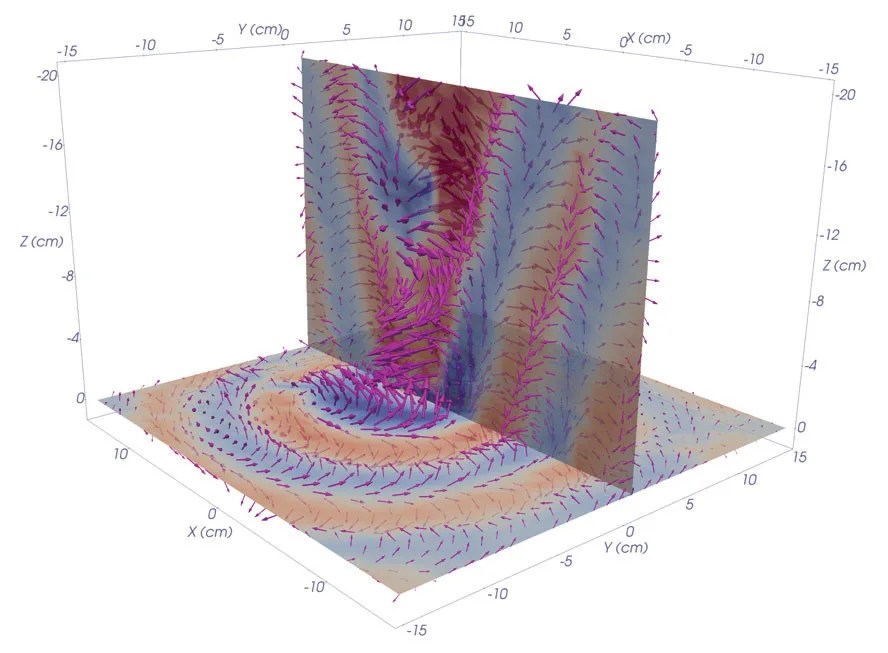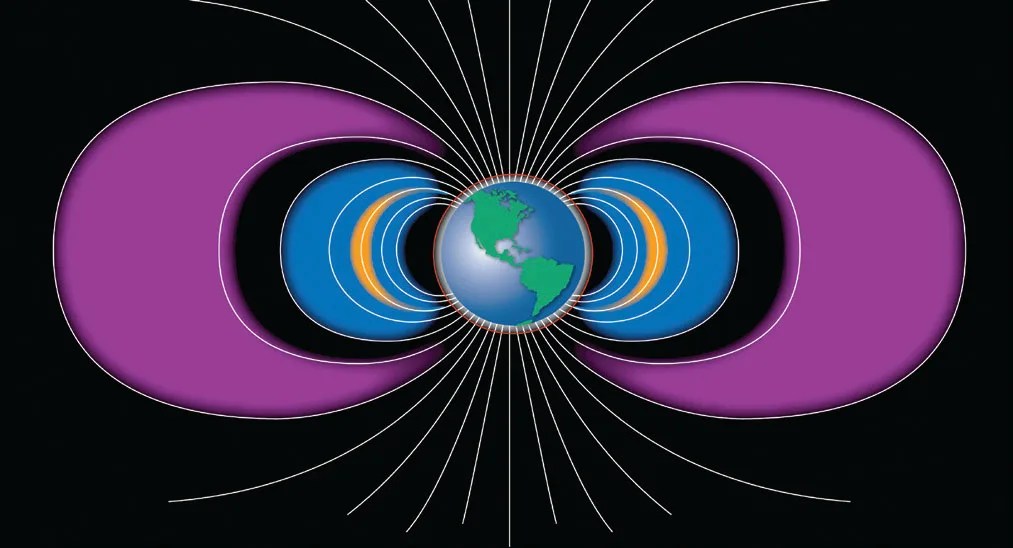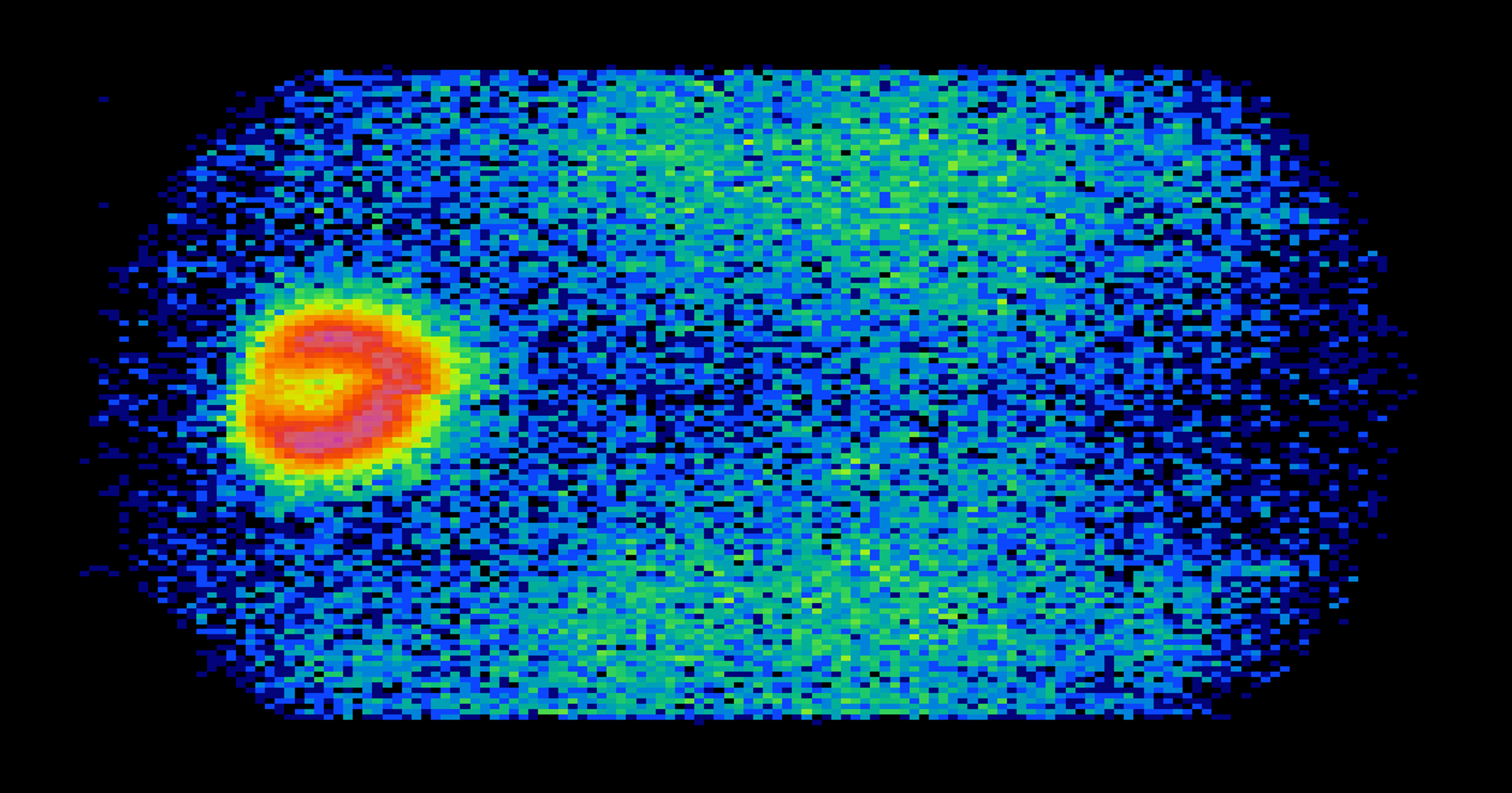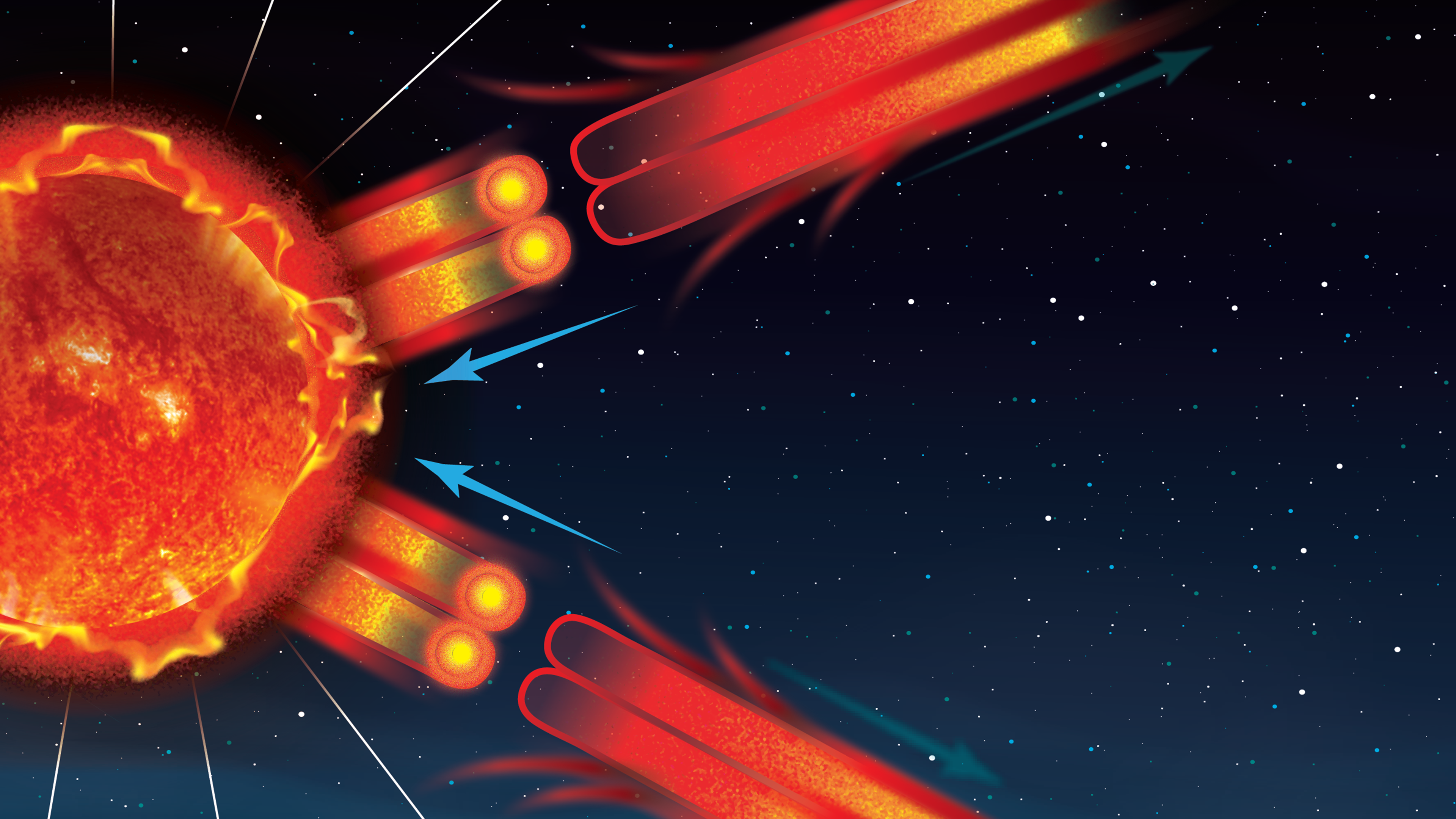Technology Development
Chorus waves are a class of frequency-chirping, whistler-mode plasma waves that are routinely observed in Earth’s near-space environment. Chorus waves play a key role in various physical processes including the formation of the Earth’s Van Allen radiation belts, the pulsating aurora, and the deposition of particle energy into Earth’s upper atmosphere. Although these waves have been observed by satellites for almost six decades, the origin and excitation mechanisms of chorus waves are poorly understood because there are not enough appropriate observations. To observe chorus excitation, it would be necessary to perform high-resolution temporal measurements of three-component electric and magnetic fields simultaneously at a large number of points in space, and be fortunate enough for some of these measurements to occur at the precise location of chorus growth—a nearly impossible feat.
However, using available plasma technology and the enormous capacity for reproducibility and observability in the laboratory, it is possible to excite chorus-like waves at a precise location and use precision instrumentation to perform planar and volumetric imaging of the chorus waves as a function of time. Essentially, researchers can capture data at the very moments that electrons group together and begin to radiate electromagnetic power within a plasma. A team at the University of California, Los Angeles (UCLA) Large Plasma Device (LAPD) laboratory has developed the appropriate laboratory equipment to excite and image chorus wave growth, while simultaneously developing the numerical simulation tools to understand these observations. In 2017, the team used information gleaned from laboratory observations to develop predictions that were compared against chorus observations obtained by NASA’s Van Allen Probes mission in space. The data from space showed consistent amplitudes to those predicted, validating these new laboratory techniques.

Impact
This knowledge about whistler mode wave excitation, together with the newly developed lab technology, will immediately impact the understanding of the physical processes in which chorus waves are involved (e.g., radiation belts, pulsating and diffuse aurorae). Researchers will be able to apply this knowledge to existing missions like the Van Allen Probes, whose primary objective is to understand radiation belt dynamics. This technology will also enable mankind to create whistler mode waves that can potentially mitigate the damaging effects of high radiation fluxes that can occur either naturally (due to solar processes) or from an attack on U.S. space assets by rogue nations. Future Plans: Next, the team plans to extend laboratory experiments to try and perform “triggered emission” experiments, where weak waves are injected into the system to determine if the free energy in the plasma will nonlinearly amplify them. Similar experiments were performed by the U.S. from Antarctica in the late 1970s.
Sponsoring Organization
This work was sponsored by NASA SMD’s Heliophysics Division through the H-TIDeS program, with Prof. Jacob Bortnik as the UCLA PI.



































